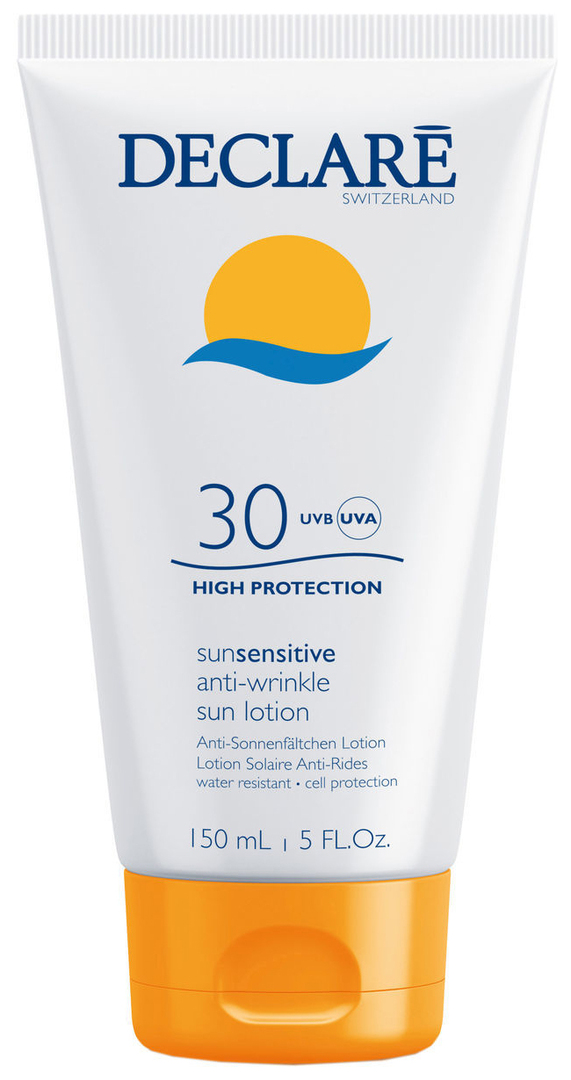Drainage is designed to collect and exhaust liquid human waste. Any leakage of contaminated water leads to unpleasant consequences - repulsive smell, deterioration of structures and even to the spread of dangerous infectious diseases. To work the system was reliable sealing of joints of sewer pipes is carried out at the stage of laying, as well as for maintenance of existing communications. Various technologies using sealants can prevent occurrence of leaks, correct problems in the functioning of drainage pathways.

What is the sealing of sewer pipe
Leakages in the pipes occur due to installation errors, as a result of wear of pipeline components or mechanical damage due to freezing or blows. integrity violation may occur due to improper design, improper slope angles and splicing communications. In the connecting nodes a higher pressure, which causes their deformation and, consequently, to flow.
Sealing joints between sewer pipes is carried out with the aim of:
- Avoid leakage into the environment. Contaminated runoff getting into the ground, causing contamination of soil and water. The smell of sewage - not simply the mixture was harmful to human respiratory gases - methane, hydrogen sulfide, ammonia released during the decay of organic wastes.
- To prevent flooding of underground structures. The large volume of emissions is able to erode the soil under the foundation, fill the cellars, basements or ground floors. Aggressive composition of sewage water causes corrosion of building materials.

- Protect piping from external leakage. By sucking the groundwater from the soil falls in the sand and earth. They accumulate in the lumen of the pipe, further clog drains.
- Extend the life of communications services. Rubber gaskets in the joints over time, grow old, lose their elastic properties. Exacerbate the process of temperature changes, alkaline or acidic reaction wastewater. The tightness of the system is lost, to be dismantled and costly repairs.
To select the optimal method of sealing, consider the type of sewer system, material and design of the pipes. Installation was originally to be performed without error, leading to seal failure. In other efforts to sizing of joints will be wasted.
laying of sewerage principles
Network engineering for sewage disposal include internal, external and storm sewers. They are paving with the requirements of SNIP 2.04.01-85. According to the standards:
- Pipe diameter is chosen based on the second fluid flow. The apartments is 30-50 mm for devices and 110 mm for the toilet and releases.
- The optimum bias lines - 1-3.5 cm to 1 meter, to move freely drains by gravity, without stopping.

- The joints of conduits at an angle of 120 ° -135 °. A sharp change in direction of fluid flow reduces the flow rate and the formation of clogging.
- The diameter of the pipes for outdoor sewerage not less than 150 mm and the minimum depth of the - 0.5-0.7 m from ground level. When laying above the freezing profiles are insulated.
- For cleaning in places turning pipeline arrange audits.
- The water taking and funded systems must be airtight. To eliminate the risk of aquifer contamination are removed from the well at a distance of not less than 15 m.
Drains paving of plastic, cast iron, ceramic or asbestos pipes. Connections - spigot or coupling.
Important. On compliance with rules laying blockages provoking leakage, will be a rare occurrence.
Kinds of pipes for drainage
Selection method and material for sealing is directly connected to the sewer pipe views. For the device of drainage systems in flats and private homes, the most commonly used:
- Cast iron pipe. They are mechanically strong, durable, resistant to corrosion. One end is formed as a funnel - a funnel-shaped extension, providing a rapid and reliable connection.
- Plastic. They are made of polyethylene, polyvinyl chloride, polypropylene, fiberglass. Products are light, heat. The service life is 50 years. The inner surface of a smooth plastic pipe, which reduces the deposition of mists. Inexpensive price and easy installation allow wide use of plastic products in the private construction and repair of the apartment.

Much less likely to use ceramic, asbestos or concrete structures. They are difficult to transport and assemble due to the large weight, and in some they are inferior quality analogs of iron or polymers.
Types of sealants used and the rules for their application
The construction industry produces sealing materials for sealing joints of sewer pipes. It:
- Sealing adhesive tape. 3-15 cm wide strips produced from bitumen or rubbers. They may be reinforced with fiberglass, coated with a protective layer of aluminum foil. Used to enhance the coupling joints, places insertions or sealing cracks in communications.

- Polymer sealants. Viscous compositions of silicone rubber, polyurethane, acrylic or harden at room temperature. Have heat and water resistance, good adhesion to the pipe material. Acidic, vinegar-smelling substances is not recommended for use with metal, as they are corrosive. More expensive neutral in this security.
- Portland cement. Powder of clinker, gypsum and calcium silicate when combined with water quickly hardens. To increase the elasticity in the mass of added modifiers. Suitable for sealing of constructions of cast iron.
- Technical sulfur. Inexpensive material available in powder or clods. Its ground and mixed with from fine kaolin is heated to a temperature of 150 ° C. In the molten state is poured into the funnel of cast iron pipes.

- Bituminous sealants. Tire formulations with additives or polymers are applied in hot or cold. They have a high elasticity, water resistance, but are brittle at temperatures below -35 ° C.
- Thiokol sealants. Heat-resistant, elastic and durable compositions are very undemanding, have high adhesion to plastic, metal or concrete. Suitable sizing to pipe joints of various materials. The basis of the adhesive are mixed before use with a curing agent and a vulcanization accelerator.
Sealing tape designed to handle the outside joints. Remove the protective film, slightly pulling, superposed layers overlap. Wrapped pipe above and below the junction of 15-20 cm. Pre surface is cleaned from dirt and dust and to ensure a snug fit band.
Pasty bitumen, polyurethane or silicone sealant is applied to the inner edge of the socket, is connected to the other part, is left to complete solidification. In most cases, such compositions are used in the assembly of the joint iron and plastic pipes. The viscous layer ensures tightness conjugation compensates varying degrees of thermal deformations of the two materials.
Sealing of sewer pipes made of PVC
Mounting sewage pipe systems made of polyvinyl chloride consists of simple operations - one end of the element is introduced into the socket of another. A rubber O-ring provides a tight connection. Over time, the ring material is aging, and if the joint is even a slight deformation stress, there is a leak.
There are two ways to resolve the issue:
- Removing structure with replacement of the gasket and subsequent portion of the assembly.
- Sealing joint sealant flowing without dismantling.
In the first case, the viscous sealant is used in the second - self-adhesive tape.
Assembling system of pipes with PVC sealer
Sealing the sewer pipes of PVC is carried out in the following sequence:
- Purify the mating faces of the dust cloth dampened degreaser.
- A thin layer of adhesive on the inner side of the socket and the outer end of the connecting pipe.
- Inserts an element without force, gentle pressure.
- Hold unit a few seconds until it dries composition.
Remove remnants of sealant cloth. Give the glue completely harden for 5-15 minutes.

Sealing PVC pipes without dismantling
To perform the repair without dismantling the joint, free site for free access. The sealing tape is used, e.g., self-vulcanizing silicone repair tape.
Work is carried out under the scheme:
- The tape is stretched to increase the length of 3 times.
- The damaged portion is wrapped with the overlap to 50% bandwidth.
- The most densely stacked several layers.

Important. Repair tape is convenient because it seals even wet, rough or greasy surfaces. Curing of the silicone rubber occurs within a few seconds.
Sealing iron constructions
For sealing joints of cast iron pipes with his hands used tarred oakum from flax or jute fiber. The work carried out by the algorithm:
- The strands are wound on the pipe end.
- Construct inserted into the socket, a special tool is compacted fiber - coining.
- Pour solution voids Portland cement in a ratio of 9: 1 or filled with a viscous sealant.
Tow fill the joint 2/3 height. When wet strands swell, taking up all the space. It is possible to use a mixture of dry asbestos fibers and cement in a ratio of 1: 2. Before using the ingredients shut water.

Sealing of concrete rings
To sewer septic tank does not become a source of pollution, it is necessary to conduct a thorough waterproofing of concrete rings. Use a variety of methods of sealing:
- plastering of the inner surface of the moisture resistant formulations;
- spraying the outside of the elastic film using a special apparatus;
- coating of hot or cold mastics;
- pasting roll materials;
- penetrating impregnation solutions;
- jointing expanding bentonite clay, bitumen paste.

Good effect processing rings bituminous mastics and additional protection with a clay castle. Clay around the septic tank is filled in layers, compacted manual tamper.
Expert advice and possible difficulties
When laying the sewage system and the repair of professional plumbers recommend:
- Rigidly fixing the construction for mounting by means of clamps.
- Not to increase the slope of the pipe in excess of 15%. If the angle is steeper, the water does not have time to wash away the waste deposited on the walls.
- Cracks in the cast-iron pipe via patch bandage soaked in the slurry, and clamp.
- If the system is not provided with the tilt angle of the free flow, use special blowers for sanitation.
- Regularly audit of drainage lines.
sewerage system assembly in accordance with rules, sealing critical junctions and accurate maintenance will help to serve the construction for a long time.


